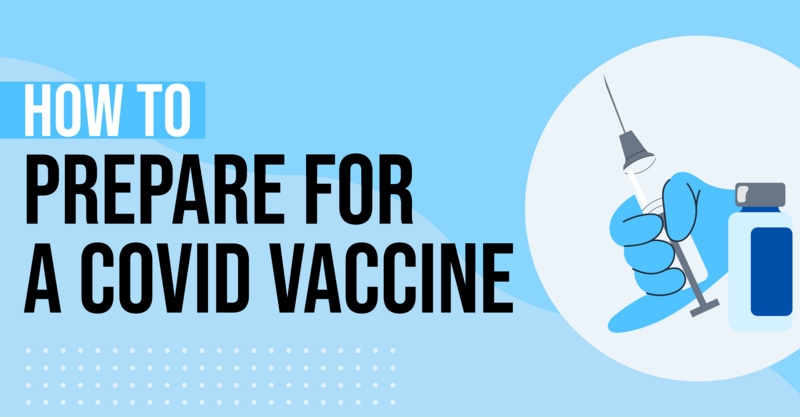Key Points
- Urinary tract infections (UTIs) are common conditions, typically diagnosed through a urine culture and sensitivity test, caused by bacteria or yeast entering the urinary tract.
- Women are more prone to UTIs due to their shorter urethras, and sexual activity can also increase the risk of infection.
- Symptoms of UTIs include a strong urge to urinate, burning sensation while urinating, cloudy and strong-smelling urine, lower back pain, abdominal pressure, and traces of blood in the urine.
- If the UTI becomes severe and reaches the kidneys, it can cause high fever, shaking, nausea, vomiting, and requires immediate medical attention.
- UTIs are confirmed through a urine sample, and if positive, a cycle of antibiotics is prescribed, which can bring relief within one to two days.
A UTI (urinary tract infection) is one of those common conditions that is simply unmistakable – if you’ve had it once, you can almost always tell for yourself when you have it again. When you see a doctor for a UTI, they typically do a urine culture and sensitivity (urine C and S), which is used to diagnose UTIs and to identify the bacteria of yeast that is causing the infection.
So, what exactly causes this pesky infection? Urine travels through tubes called ureters from the kidneys to the bladder, where it is stored temporarily, and then through the urethra as you urinate. Although urine is generally sterile, sometimes bacteria (particularly, E. coli) or yeast can move from the skin outside of the urethra and travel back up to the bladder, which causes a urinary tract infection. Women are much more likely to get UTIs than men – in fact, 40 percent of women get a UTI at least once in their lives, compared to 12 percent of men. That’s because women have shorter urethras, which allow bacteria quick and easy access to the bladder. Having sex also introduces bacteria into the urinary tract, too.
Some of the most common symptoms of a UTI include:
- A strong, persistent need to urinate
- A burning sensation while urinating
- Cloudy, strong-smelling urine
- Lower back pain
- Pressure in lower abdomen
- Small amounts of blood in urine
If the UTI is more severe and has spread to the kidneys, you may experience high fever, shaking, nausea, or vomiting. If this is the case, you should seek immediate medical attention.
The best way to find out if you have a UTI for sure is to head to the doctor, where you will need to provide a urine sample. The process is very simple, and only requires you to collect a small amount of clean-catch midstream urine, which will then be used for a urine culture. If the urine culture tests positive for the presence of UTI-causing bacteria, there is no need to worry. You’ll be prescribed a cycle of antibiotics that will kill the infection and have you feeling better in as little as one to two days.
Frequently asked questions
What causes a urinary tract infection?
UTIs are caused by bacteria or yeast from the skin outside the urethra traveling up to the bladder.Are women more susceptible to UTIs than men?
Yes, women are more prone to UTIs than men due to their shorter urethras.Can sexual activity lead to a UTI?
Yes, sexual activity can introduce bacteria into the urinary tract, increasing the risk of a UTI.What are the common symptoms of a UTI?
Common symptoms include a strong urge to urinate, a burning sensation during urination, cloudy and strong-smelling urine, lower back pain, abdominal pressure, and small amounts of blood in the urine.What are the signs of a severe UTI?
Severe UTIs, especially those that have spread to the kidneys, can cause high fever, shaking, nausea, vomiting, and require immediate medical attention.How is a UTI diagnosed?
A UTI is diagnosed through a urine culture and sensitivity test at a doctor's office.What is the typical treatment for a UTI?
If a UTI is confirmed, a cycle of antibiotics is typically prescribed to treat the infection.How quickly can symptoms improve after starting treatment for a UTI?
Symptoms can start to improve within one to two days after starting the antibiotic treatment.









